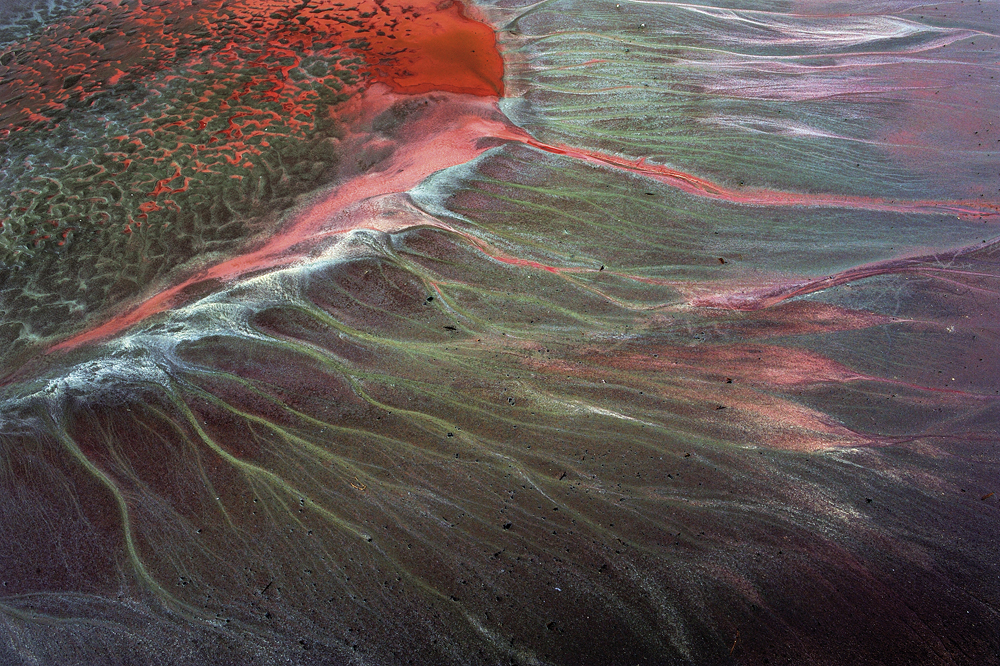RÃotinto-The heart of the earth

-
PhotographerFrancisco Mingorance
The history of the Rio Tinto mines dating back to the first organized civilizations. Already in the Bronze Age development of the mine, he was attached to the own civilizations: Tartars, Phoenicians ... But mine development at this time came with the Romans. The introduction of these new techniques allowed the continuation of mining operations. The remains of slag found acquaint us with a great mining development at the time, in which civilizations almohades obtained from the mines medicinal dyes and sit, still underdeveloped mining extractiva.Las Rio Tinto mines are among the most oldest in the world and contain the bulk of known copper pyrites. With high forest of up to 200 meters deep, these deposits retained many vestiges of its exploitation by the British. This long activity has caused a peculiar landscape, typical of another world. The river's name comes from its reddish ocher passing on the banks. These colors are due to the high, since the dawn of history, ferruginous salts and ferric sulfate, and the scarcity of oxygen, give a very acidic pH. Rio Tinto is a unique place in the world, both for its chromatic beauty as for its exceptional environmental conditions. Its waters are dense effect of metals, have little oxygen and harbor significant biodiversity of microscopic organisms whose presence has attracted NASA scientists investigating the ecosystem, due to its similarities to Mars. Are landscapes from another planet who do not belong to the Earth, the waters of another world, colors that defy the imagination. The natural acidity and mining since ancient times in the area, have made such an inhospitable RÃotinto as attractive for science channel. The striking colors that can be seen in the different sections of the river are caused by the precipitation of iron, and its alignment with other elements such as copper, zinc, nickel, arsenic or cromo.Sus waters reach an extreme chromaticism due the accumulation of minerals in the subsoil here acquires unusual proportions, to the extent that geologists have classified this basin as "metallogenic province" only comparable to those existing in some parts of Australia and Canada. Francisco Mingorance reveals in this series of aerial images an exclusive insight into the captivating beauty of a unique landscape.






